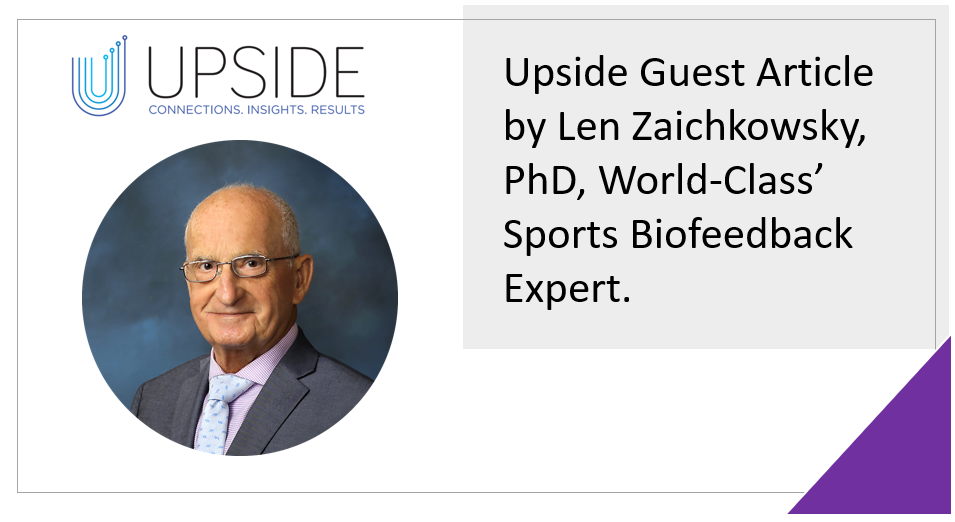This week, we have the honor to have Len Zaichkowsky, PhD, world’s class expert in biofeedback/psychophysiology, and cognitive fitness, write another article on “Biofeedback Applications in Sports”. Of note, Len has worked with many elite pro teams (Warriors (NBA), Penguins (NHL), Vancouver Canucks (NHL), Real Madrid, National Spanish soccer team…)…
Share This Story, Choose Your Platform!
Total reviews
Persons recommended this product
Anonymous
Shopper
check_circle Verified
Shop owner replied
Anonymous
Shopper
check_circle Verified
Shop owner replied
Thanks for your review!
Your feedback helps us improve our service.
There are no reviews yet.
Be the first to review “ ”
Please log in to submit a review.
Don't have an account? Register here .
Only logged in customers who have purchased this product may leave a review



